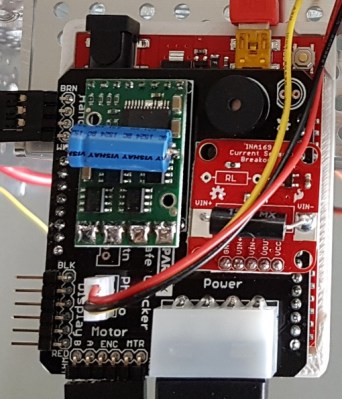It’s official, World Create Day is on April 22nd. Get together with hackers in your area and create something! This is best way to meet all the Hackaday readers in your area, and a great excuse to carve out a few hours of your busy life to have fun working on a project.
These are really easy to organize, but we can’t do it without you. Sign up now to host a meetup in your town!
The Hackaday community around the world will meetup and spend time building together on Saturday, April 22nd. If you’re like us you have a long list of projects you want to do ‘some day’, this is the day. Pack up your current build (or grab gear to start a new one), get together with some old and new friends, and hack on your projects with each other.
It’s traditional to block out a bit of time at the end for lightning talks to show off the builds each of you has been working on. Don’t forget to take pictures and post the story of your World Create Day meetup. We enjoyed getting a great look at many of last year’s meetups this way and want to expand the builds we feature on the front page this year.

Meetup Organizers Wanted
Fill out this form to let us know you want to host a meetup.
This is the second year of World Create Day. Last year we saw meetups in 64 cities. Many of those will happen again this year, but we also need you to organize an event in your area. We’ll help you get things set up and put your event up on the big map so others in your area will plan to join in. Do it now, if we get your shipping info early we’ll send you stickers and other swag to hand out at your gathering.
Build Something that Matters
The core of World Create Day is to stop making excuses and just build something. Since you’re already getting together with other people consider forming a team to enter the 2017 Hackaday Prize. Currently we’re in the idea phase: Design Your Concept means tackling a problem and planning a build to solve it. When you get a bunch of creative people together in one place, great ideas begin to flow. Seize the moment by turning that creativity into an entry for the Hackaday Prize and see where it takes you!























